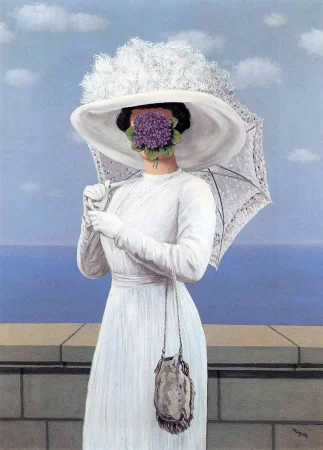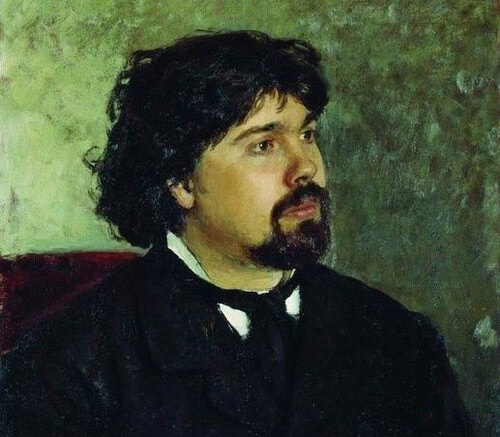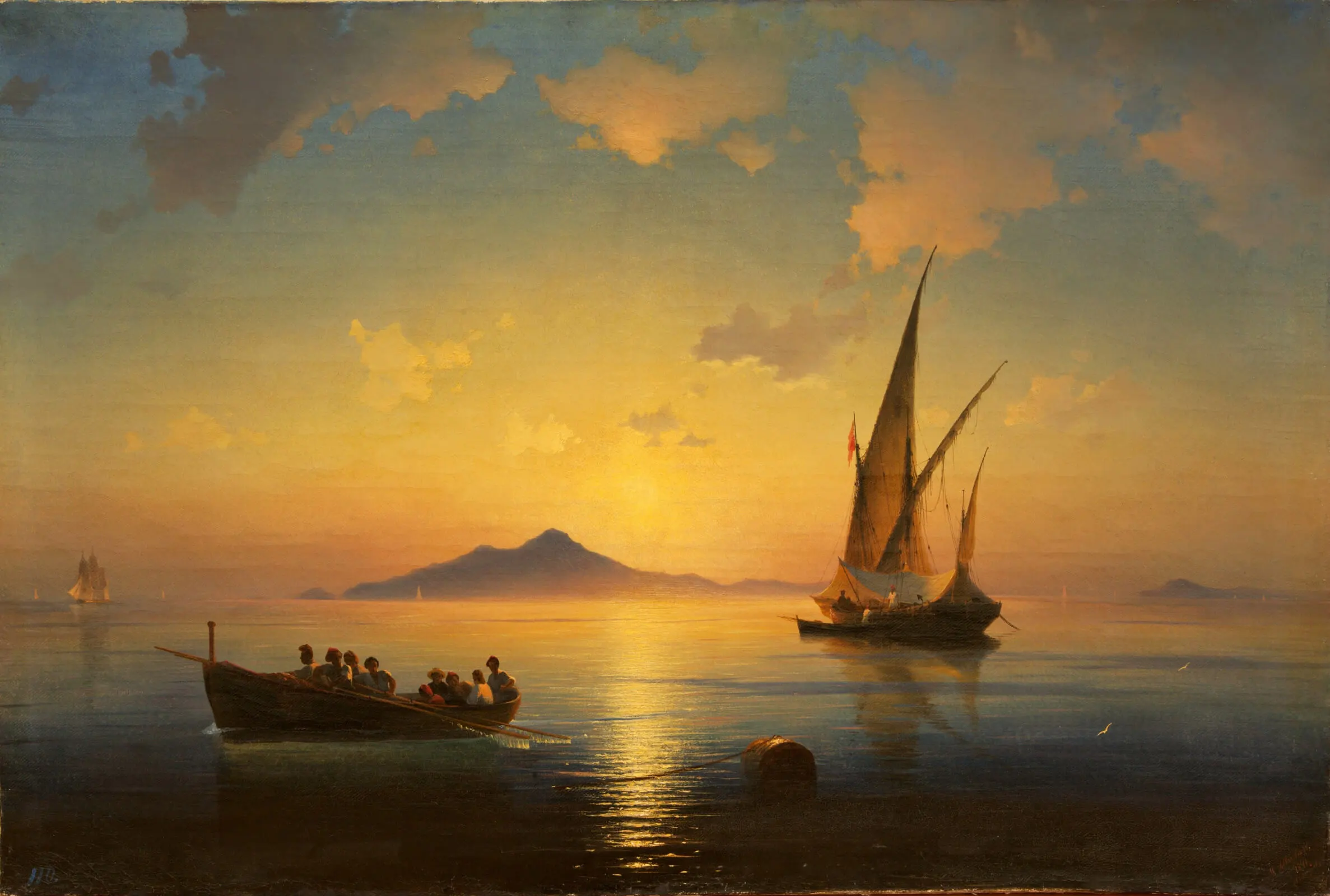Arrival into Sevastopol Bay, Aivazovsky - Description of the Painting
Arrival into Sevastopol Bay - Aivazovsky Ivan Konstantinovich. 1852. Oil on canvas. 28.2 x 39.3 cm
Aivazovsky painted his "Arrival into Sevastopol Bay" in 1852, depicting the Alexandrovskaya and Konstantinovskaya batteries on the right and left hand of the picture, respectively.
The cannons fire in greeting from the batteries, as can be concluded when seeing the clouds of smoke that cover the buildings and the horizon - they salute the arriving ship with the emperor’s labarum.
The ship sails quite fast, cutting the calm waters of the bay, victoriously approaching the shore. The movement is implied by the swirling water path, stretching from the ship sides and diverging behind her in different directions, as shown in the central part of the painting. The mirror smooth water surface foams and twists, switching to a deep azure color by the bottom of the picture.
Also in the distance, some other vessels are lost in the smoke, returning to their home harbor. One can only observe their masts, going afield in an even rhythm. The painting produces a feeling of solemnity and grandiosity of the moment. You are about to hear the welcoming orchestra playing on the coast, and the exultation of the crowd with people throwing their hats into the air.
The mountains are lost in a bluish haze at the horizon line, their role here is very modest, limited to setting off the main plot of the picture and adding depth to the perspective, while outlining the location of the shoreline.
To the right of the battery, you can observe only the general and not detailed outlines of the city.
The sky shining with gold, occupies two thirds of the canvas. As if getting lit from backside, it perfectly conveys the whole beauty of the early evening. The solar disk shows bright yellow does not dominate, but rather creates a mood of celebration and repose. It seems to be dissolved in a light haze created by the cannon volleys.
The last sunrays rollick on the water surface, saying their vale to the sea until next morning, throwing up the water blueness and purity. And even despite the obviously implied military motives of this painting, it still gives us the impression of a bright and joyful happening, both romantic and positive.
Comments (0)
Top
 Painting The Great War, Rene Magritte - Meaning and Analysis
Painting The Great War, Rene Magritte - Meaning and Analysis
The Great War - Rene Magritte. Canvas, oil. 81 x 60 cm...
10.10.23
1 086
0
 The man in the bowler hat, Rene Magritte
The man in the bowler hat, Rene Magritte
The man in the bowler hat - Rene Magritte. Canvas, oil. 70 x 50 cm...
06.09.23
2 725
0





